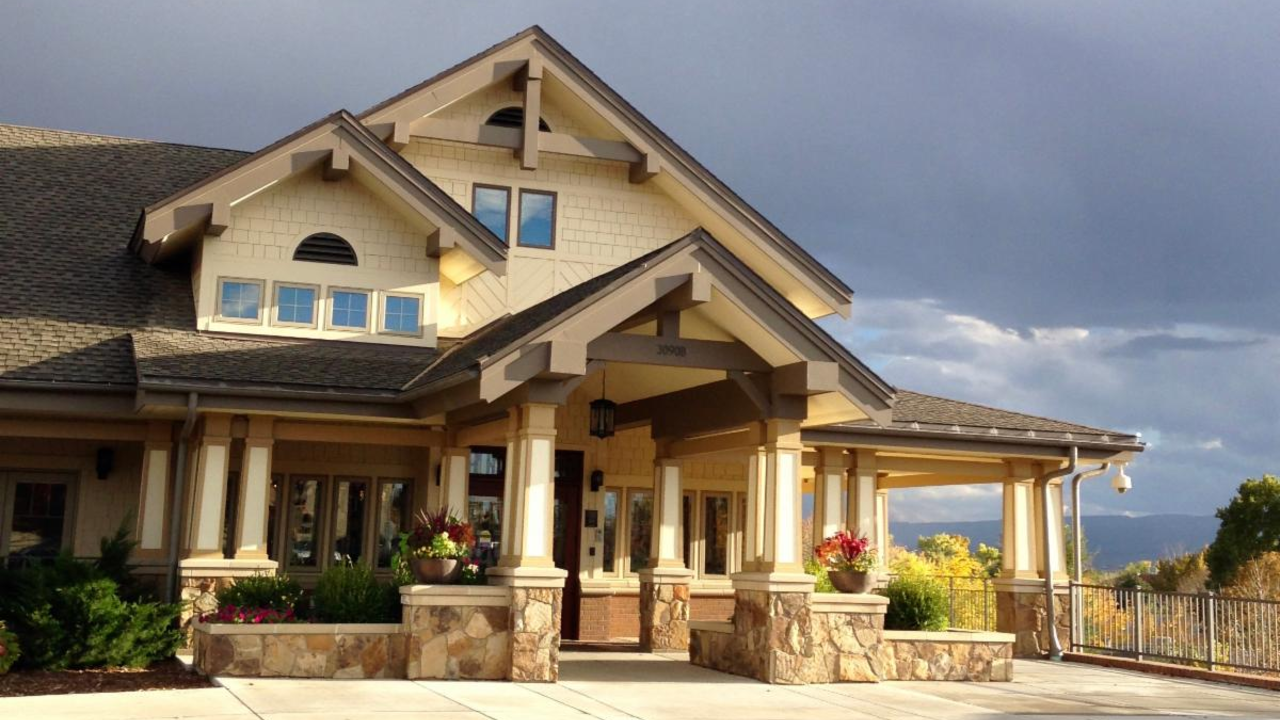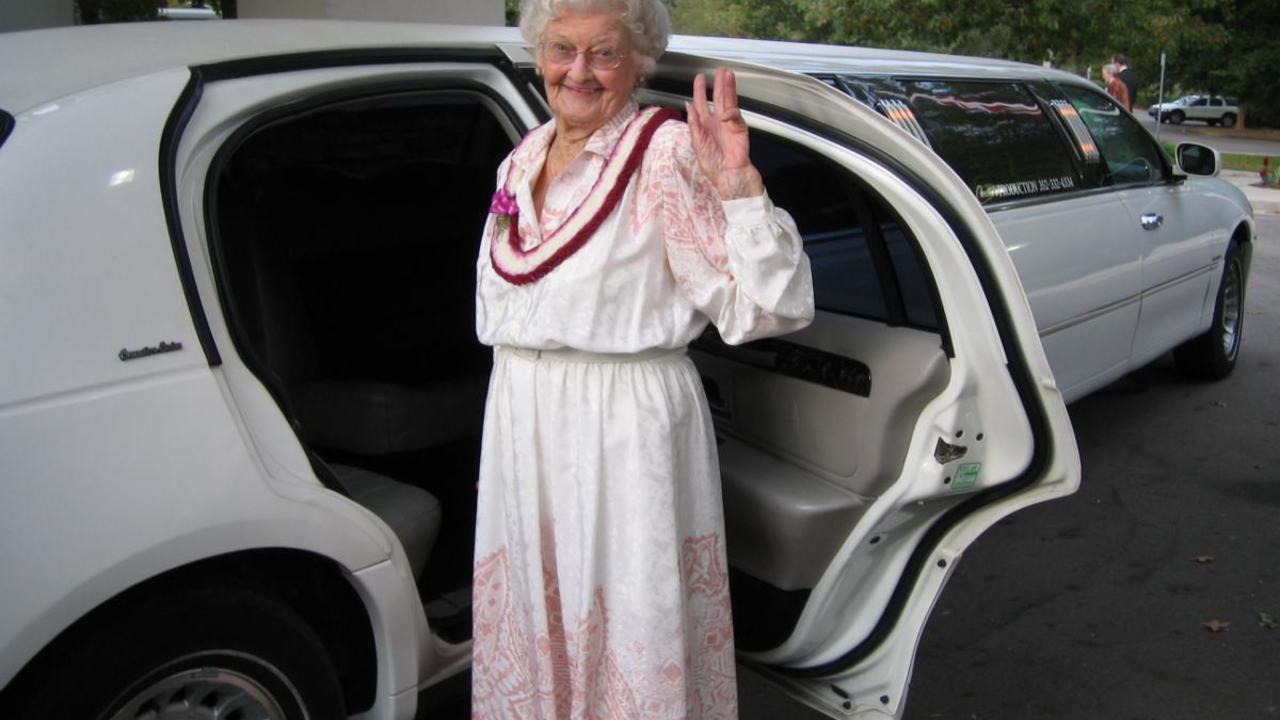Blog
A Day In the Life

Image Above: HopeWest Care Center
We live in a world where healthcare leaders must move as fast as they can to keep up with the changes that confront them daily. It is easy to get so caught up in the budget shortfalls, the regulations, the competition and so much more, that the actual work done by the hospice staff may be overlooked.
My friend Christy Whitney Bourchard, CEO at HopeWest in Grand Junction, Colorado sent me this story written by one of their nurses working in their Hospice Care Center (HCC). I was struck by her honesty and eloquence in sharing a day in her life at work. It is a beautiful reminder of the fact that death is so much more than a medical event. Hospice workers face multiple losses and deaths every day while supporting families through one of life’s most difficult times, then they must try to cope with their own emotions over what they have witnessed.
The author, hospice nurse Barb Hedges said late one night she wrote down her thoughts from that particular ...
Ms. Melanie

In hospice, we don’t have anything to sell other than the services we provide. We don’t make a product; we don’t offer goods or trade. What we offer is love and care to people who are dying, and to their loved ones.
Generally, the first order of hospice business is relieving someone’s physical suffering; we give them morphine and the pain (hopefully) goes away. It can be more challenging to relieve someone’s spiritual and emotional suffering. Put it all together: You have a dying person in pain, struggling with the unanswerable question, “Why me?” and a family fractured with grief and in spiritual anguish. The sum of all these is human suffering, not just a health crisis, and it’s our calling to ease it by caring for our fellow beings, empowering them to live their lives fully until they die.
When people speak of hospice and the gallant work they do, who do you think they’re talking about? For me, it’s Melanie Collins. Melanie is simply the walking embodiment of what the ancient wo...
Re-Imagining Hospice

The San Francisco Examiner announced their 2016 Reader's Choice Winners, naming Zen Hospice Project "Best Hospice Care" in the San Francisco Bay Area. Chosen by thousands of Examiner readers in northern California, these polls took place earlier this summer. You can read the story about this organization here (check out page 26).
I find it fascinating that in 2016, across all of the sprawling San Francisco Bay Area, it was the Zen Hospice Project that was selected as providing the Best Hospice Care. Congratulations to them, as they have not forgotten what "Hospice" means...a way station for the weary traveler offering comfort and care for the body, mind and spirit. They interpret hospice as a noun, rather than a verb. They are not a Medicare Certified hospice; they do not fall under the strict rules and regulations of Medicare or Medicaid.
The Zen Hospice Project contracts with area Medicare Certified hospices for care of their patients in their Hospice Guest House. Their volunteer...
The Abundant Future

I hear it every day from the leaders in the not-for-profit hospice world: We’re losing ground. Caught between a rock – reduced federal dollars – and a hard place – the crushing proliferation of regulations – hospice leaders are adopting a bunker mentality, hunkering down to provide the basics to those in their care, while forced to let go of many of the extra services that bring comfort and meaning to their final days. It looks grim – yet I can’t help but feel like we’ve been here before.
There weren’t a lot of resources for us at the start of the hospice movement – and no Federal money for hospice – but there was enthusiasm, and partnership within the communities we served. We cobbled together alliances, trained volunteers, worked with what we had, and made life better for dying people and their loved ones.
When I look at where we are today, what occurs to me is this: What might we be able to accomplish, if we more actively engaged the communities we serve to participate in coming u...
The Value of Volunteers

I was touring a hospice care center when the smell of freshly baked chocolate chip cookies drew me to the kitchen, where I found a group of girls from the local high school. They told me that once a week they come to bake cookies for the families and patients in the care center. What a terrific way to enable young people to express their budding instincts to serve – and to create ardent ambassadors for hospice in the community.
When I’m assessing a hospice program, one key measure of quality is the number of active volunteers and their level of involvement. How many volunteers do you have? What kind of things do the volunteers do for hospice? How long have they been volunteering? As we move forward in this new world of hospice and health care reform, volunteers are going to have an even greater impact on the lives of people who are facing serious illness and death.
What kind of person is likely to volunteer at a hospice? Most often, volunteers will be people who have had a positi...
What is "hospice" really?

Image Above: Acting Administrator of CMS Andy Slavitt and C-TAC Board Co-Chair Tom Koutsoumpas
Is hospice a commodity? Is it a payment system for the dying? Is it only for the final days of life? Is it only about giving morphine until a patient is no longer in pain?
Last week I attended the National Summit of the Coalition to Transform Advanced Care (C-TAC) in Washington DC. The speakers were Congressmen and Senators, health care leaders and insurers, pastors, and seriously ill people, and the Acting Administrator of Medicare/Medicaid and the Secretary of Veterans Affairs; all people interested in making the care that serves those in their final years of life as compassionate and creative as possible.
While the meeting had outstanding speakers, what struck me was that most of these dedicated, intelligent and caring people think that we need a "new model of care" for people with advanced illness and hospice was hardly mentioned. They described this model as one that includes not j...
My First Experience With Death

For most people, death is something that happens at the periphery of their lives – but some of us choose to make it the focus of our careers. I knew early on I wanted to care for the sick, but my path to caring for the dying was more circuitous.
As a kid I was given a book on how to take a pulse. I loved learning to feel the beat under the skin on my wrist. I asked for the “Visible Woman” for my 10th birthday and to my delight she was delivered, complete with the optional pregnancy parts. My path was set; after high school, I decided to get an AA degree and then transfer to University of Florida for my Bachelors Degree in Nursing.
My first real job as a RN was on a medical surgical floor in the local hospital where I had the responsibility of caring for patients following surgery. One of my patients was Mr. Green, who’d had surgery for lung cancer and was in and out of the hospital. In those days there was little to be done for people with cancer. They were put in a room at the en...
How Our Why Will Shape Our How

Generosity as Legacy

Image Above: Laure Carmichael at her 100th birthday party at Haven Hospice
Leland Kaiser said it well: “Great compassion and unconditional love can change the world; they are the only things that can”. I’d like to share with you the stories of two people whose donations of time, influence and money, along with great compassion and unconditional love, changed our community and left a legacy.
Retired bank teller Laura Carmichael had no children; widowed at 65, she was know for her legendary thank you notes, she clipped out the photos of brides in the newspaper and mailed them to the newlyweds, she drove the same Buick for nearly 20 years, and sent a crisp $1 dollar bill to every child chosen as “Student of the Month” at the local elementary schools. Generosity was in her bones.
Laura lived near the local hospital where she volunteered and was on their board of directors and on the hospice board where I was Executive Director. When we began talking about the need for a hospice house ...
9 Fund-Raising Strategies That Work

Do you see the future as one of shortage, lack, and ever-harsher governmental funding reductions? Or are you focused on an abundant future filled with new opportunities and innovative ways for people to engage and contribute? Let’s talk about how we can create that abundant future through development strategies that will enhance your organizations.
- Success draws success. People want to give to successful organizations. If they see your hospice is struggling and shrinking in size, significant donors are likely to turn away. Make sure they’re hearing your success stories - in the press, on your website, and on social media.
- Be great stewards. Not-for-profit hospice leaders must ensure their operation is efficient and financially sound.
- Make it easy to give. Offer a wide range of giving opportunities for donors, from memorial donations to in-kind donations of goods or services, grants or events. More stakeholders equals broader community support.
- Planned giving offers a tremendous a ...

